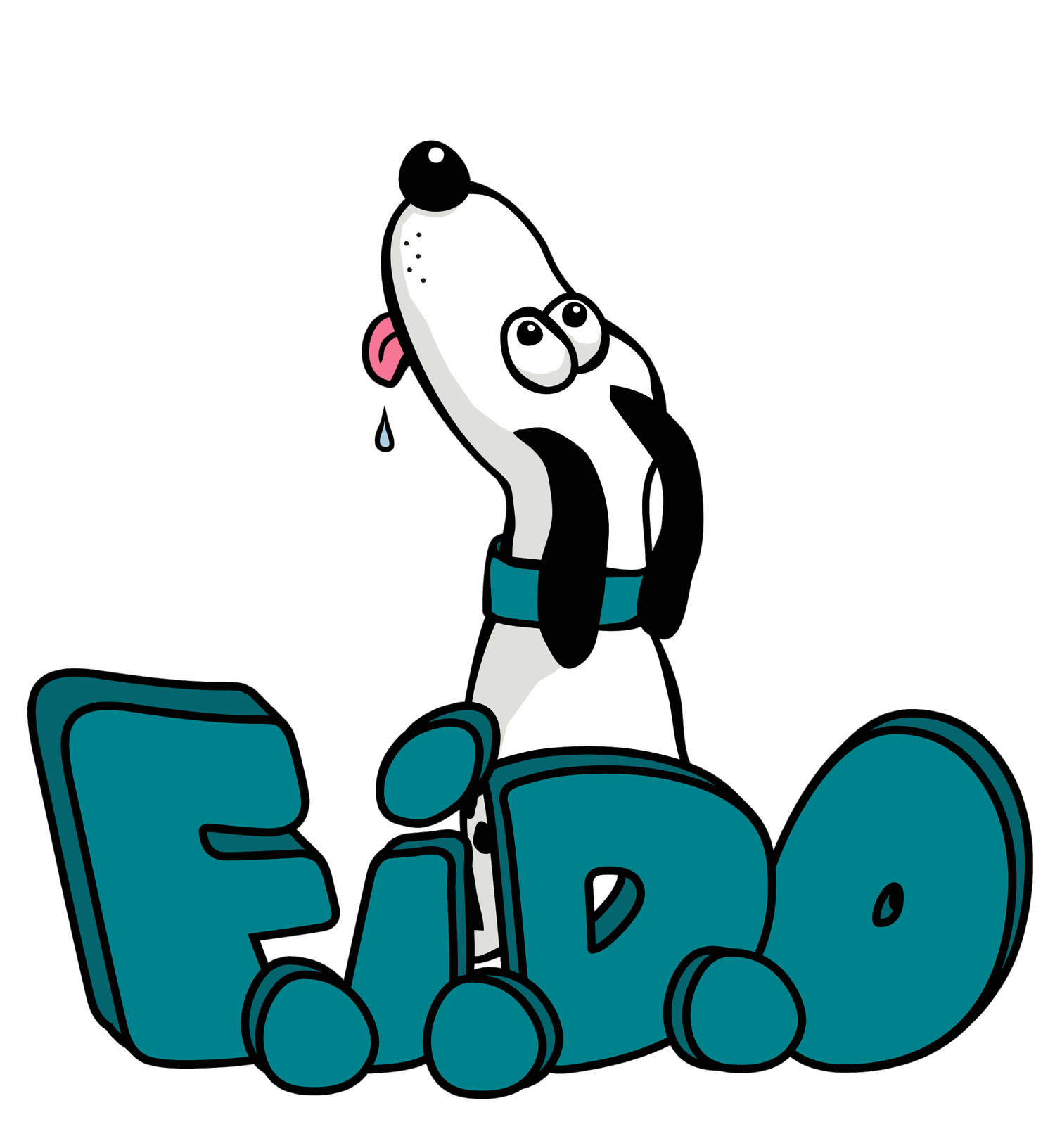How can tension affect a dog’s behaviour?
Your dog’s physical comfort is deeply connected to their emotional wellbeing and their behaviour. When a dog is tense, they may be more reactive, avoidant, or sensitive to touch and proximity. But when their body feels good, they’re more open, relaxed, and receptive.
Why Tension Affects Behaviour
Dogs, like humans, store tension in their bodies due to:
Stress or anxiety
Past trauma or negative experiences
Lack of physical exercise or stimulation
Pain or discomfort
Overstimulation or under-socialisation
This tension can manifest as:
Avoidance of touch
Sensitivity to handling
Aggression or reactivity
Restlessness or hyperactivity
Withdrawal or fearfulness
How can you help your dog to relieve tension?
1. Bodywork & Touch Therapies
Canine Massage - Gentle massage can release muscle tension, improve circulation, and promote relaxation.
TTouch (Tellington Touch) - A specialised method that uses circular touches and body wraps to calm the nervous system.
Acupressure or Reiki - Some dogs respond well to energy-based therapies, especially when performed by a trained practitioner.
2. Movement & Exercise
Structured Walks - Calm, purposeful walks help release physical and mental energy.
Free Play - Letting dogs run, sniff, and explore in a safe space can be incredibly therapeutic.
ACE Free Work - The opportunity to sniff, lick and chew in a natural way offers freedom of choice, enjoyment and fulfilment, all of which contribute to relaxation and calm.
Stretching & Mobility Exercises - Gentle guided movements can help older or stiff dogs feel better.
3. Environmental Comfort
Safe Spaces - Provide cozy, quiet areas where your dog can retreat and relax.
Soothing Sounds - Classical music or white noise can reduce anxiety.
Aromatherapy - Calming scents like lavender (used safely) can help ease tension.
4. Positive Training
Desensitisation & Counterconditioning – This can help your dog gradually feel safe with touch and proximity using positive reinforcement.
Consent-Based Handling - Let your dog choose when and how they’re touched. This builds trust and reduces stress.
Slow, Gentle Movements - Avoid sudden or forceful gestures that might trigger tension.
5. Nutrition & Health
Check for Pain - Always rule out medical issues that could be causing discomfort.
Hydration & Diet - A balanced, species-appropriate diet supports overall wellbeing.
Supplements - Omega-3s, magnesium, or calming herbs (under vet guidance) may help.
Conclusion
When dogs feel physically and emotionally safe and comfortable:
They become more affectionate and trusting.
Their tolerance for touch and closeness increases.
They’re more responsive to training and social interaction.
Their overall behaviour becomes calmer and more balanced.
Consider what you can do for your dog to improve their physical comfort and you may be surprised at how much they begin to relax.


